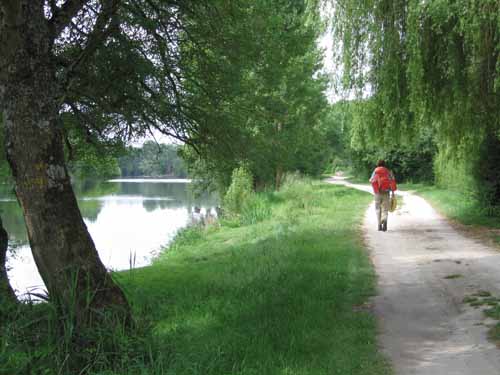
The charms of France are well-recognised: it is, after all, the most visited country in the world. For people of English-speaking background, it has the allure of the exotic combined with a comfortable degree of familiarity.
The language is not too foreign (especially in its written form), the tourist industry is well-developed, the citizens are courteous, the scenery is varied and the place is full of the vestiges of thousands of years of history.
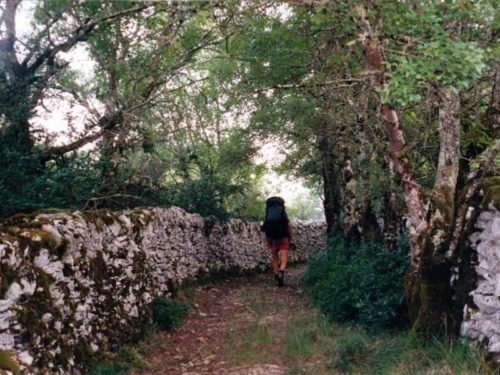
From the particular point of view of the Australian visitor, the greenness and fertility of the landscape is a sort of miracle.
The rivers are full to the brim, crops burst from the ground and it is a constant battle to keep the vegetation from swallowing up tracks and roads.
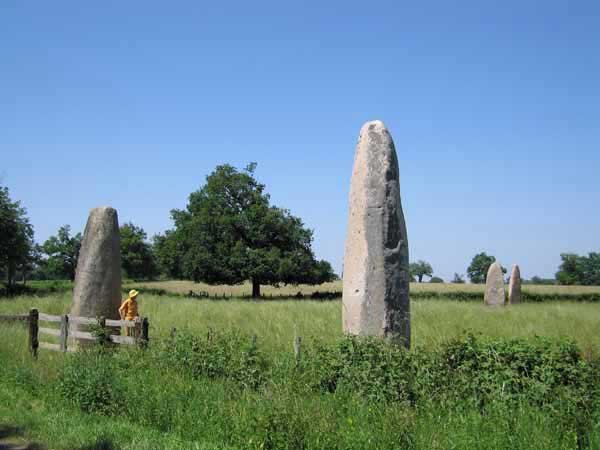
The other miraculous thing is the architectural heritage, layered back as far as the ice-age hunters. Much of it is now in ruins, but that only adds to its appeal for the lover of history.
Mysterious prehistoric remains – menhirs and dolmens – are likely to be seen anywhere in the French countryside, as are Roman, medieval and more recent buildings.
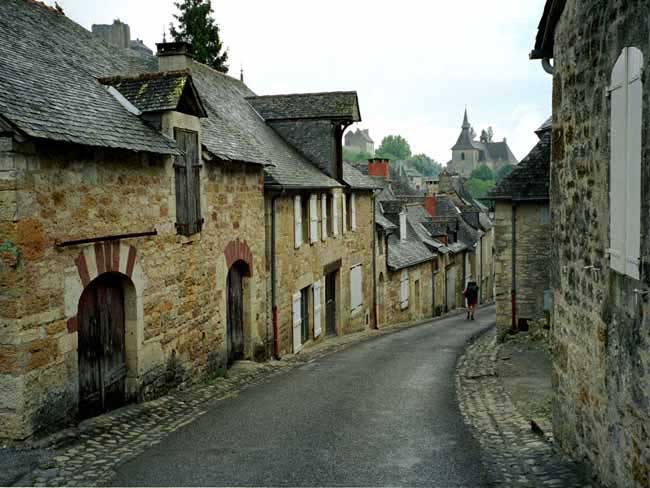
Scattered through provincial France are villages classified as “most beautiful”.
There are about 160 Plus Beaux Villages in the country, all of them with historic monuments of some sort and streetscapes to match.
To be so classified guarantees a healthy tourist trade, so it is a way of preserving this heritage from neglect or destruction.
France’s great extra attraction for the walker is that it has an extensive system of well-marked walking tracks (claimed to be 180,000 km), which makes unescorted walking entirely possible, even for inexperienced people.
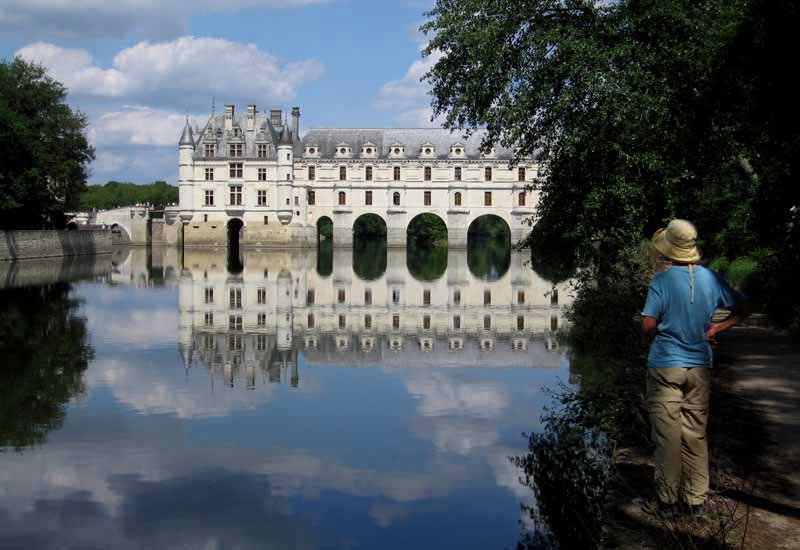
Many of the marked tracks were formerly the main routes between villages, up to the time of motorised transport.
They tend to be steeper and more direct than modern roads and are often beautifully constructed, with embankments, retaining walls, even stone paving sometimes.
Walkers who use these paths are actually serving a purpose by keeping them from becoming completely overgrown and forgotten.
Other paths are farm tracks or tow paths beside a river, even abandoned railway lines.
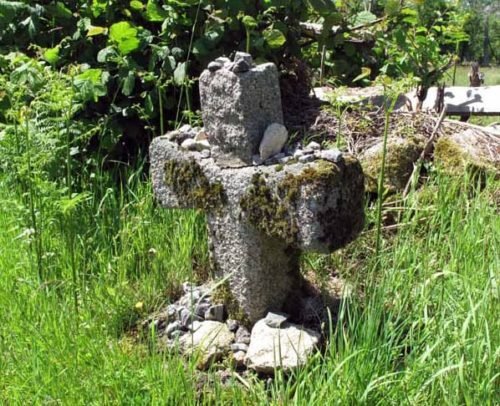
Long-distance walkers in France are following an ancient tradition. Throughout Christian times, but especially in the twelfth-century, pilgrims flocked across France in the direction of Compostela. They were the tourists of their time, a jolly lot and by all accounts not entirely driven by religious zeal.
More often they were getting away from their wives, or their creditors, or the daily grind, or just out for an adventure. They got free lodging at religious houses along the way, but nowadays we usually have to pay for a bed.